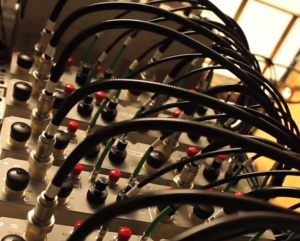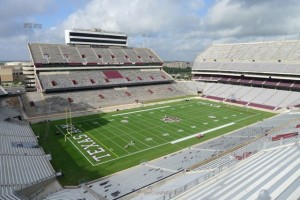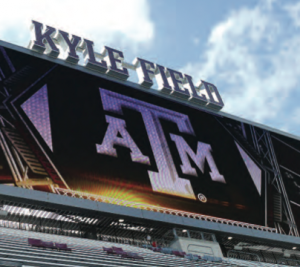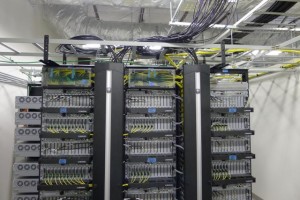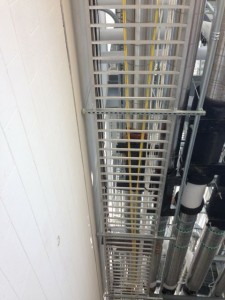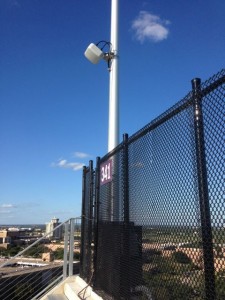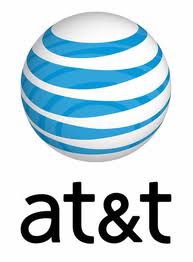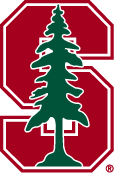![]() Mobile Sports Report is thrilled to announce a partnership with Inside Towers. Inside Towers delivers breaking, actionable and relevant tower and telecom industry news, straight to your inbox in an easy-to-digest e-newsletter format. It is written for tower people, by tower people and covers a wide variety of topics ranging from regional zoning issues and tower safety to financial impacts, FCC updates and DAS and small cell news.
Mobile Sports Report is thrilled to announce a partnership with Inside Towers. Inside Towers delivers breaking, actionable and relevant tower and telecom industry news, straight to your inbox in an easy-to-digest e-newsletter format. It is written for tower people, by tower people and covers a wide variety of topics ranging from regional zoning issues and tower safety to financial impacts, FCC updates and DAS and small cell news.
Reaching over 8,250 wireless infrastructure professionals on a daily basis, Inside Towers is an invaluable industry resource. Sign up for your free trial here and see what all the hype is about.
